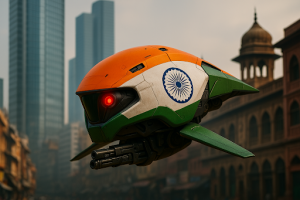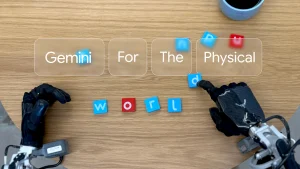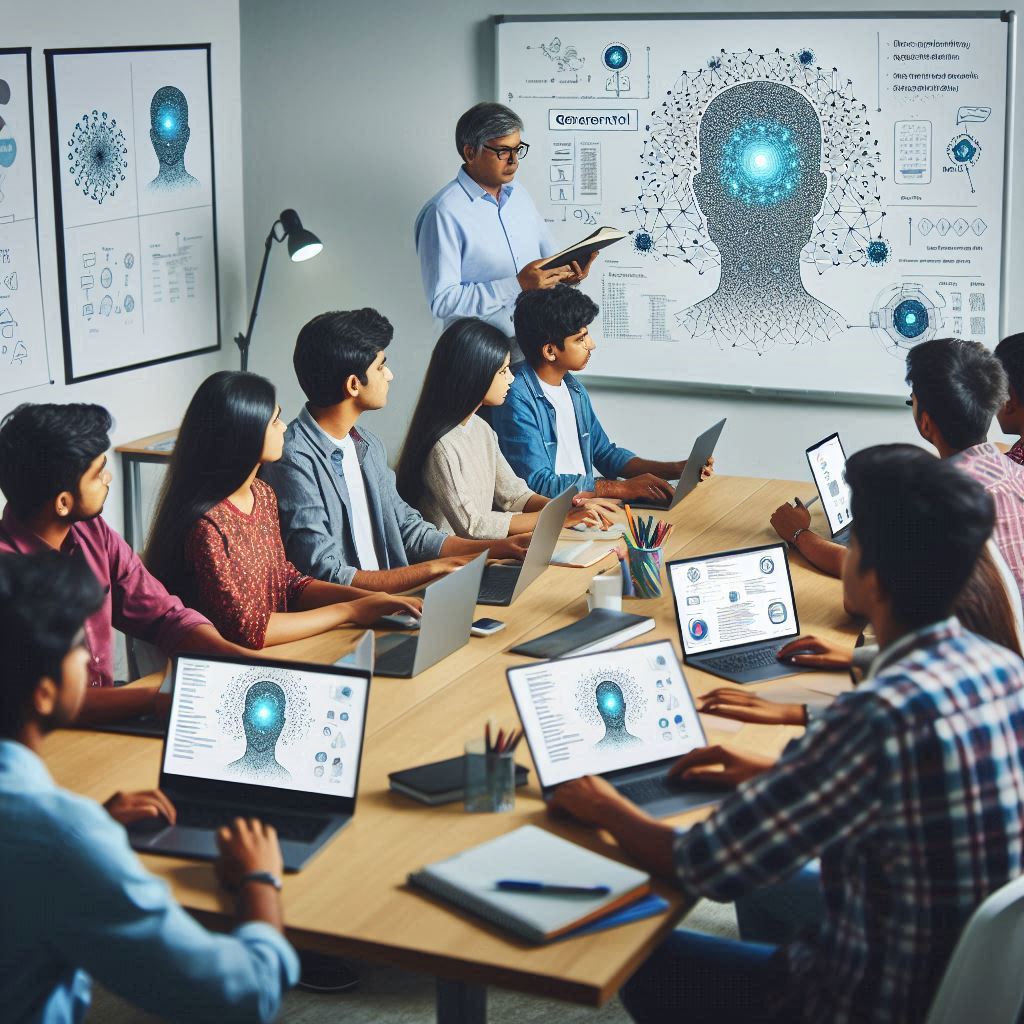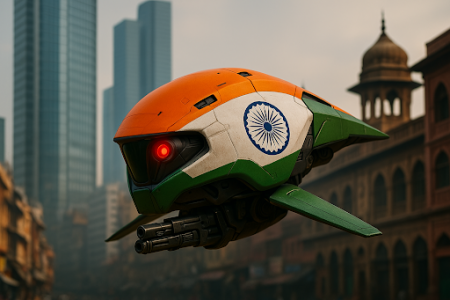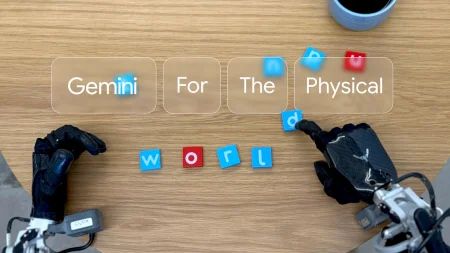Generative AI use in India has risen exponentially, finds Satyen K. Bordoloi as he delves into the reasons for this surge and the opportunities it presents for India.
A rapper in Kartarpur, a wannabe Sidhu Moose Wala, uses her laptop and phone to produce a hip-hop track but lacks the funds for a sleek video. Someone tells her about TTV – text-to-video, the ability of AI systems to generate videos from text prompts. She subscribes to one for a month, shoots some good photos with her phone, animates them with TTV, and edits them with a friend into her first video.
According to The Times of India, citing a SimilarWeb report titled “Gen AI in Consumer Applications,” India ranks second only to the US in adopting Generative AI platforms. While I couldn’t find and thus independently verify this specific report, the assertion seems plausible. Union Minister Jyotiraditya Scindia predicted that India’s content creation market will skyrocket from $30 billion to $480 billion by 2035. Artificial intelligence, particularly Generative AI (Gen AI), is a key driver of this growth. An Ernst & Young report estimates that Gen AI could boost India’s GDP by $359-438 billion by 2030, representing a 5.9-7.2% increase. Over seven years, the cumulative impact could reach $1.2-1.5 trillion, adding 0.9-1.1% to annual growth.
The impact of Gen AI will vary across sectors, but it will significantly reshape the Indian landscape. But what are the underlying reasons for the rise of Gen AI in India?
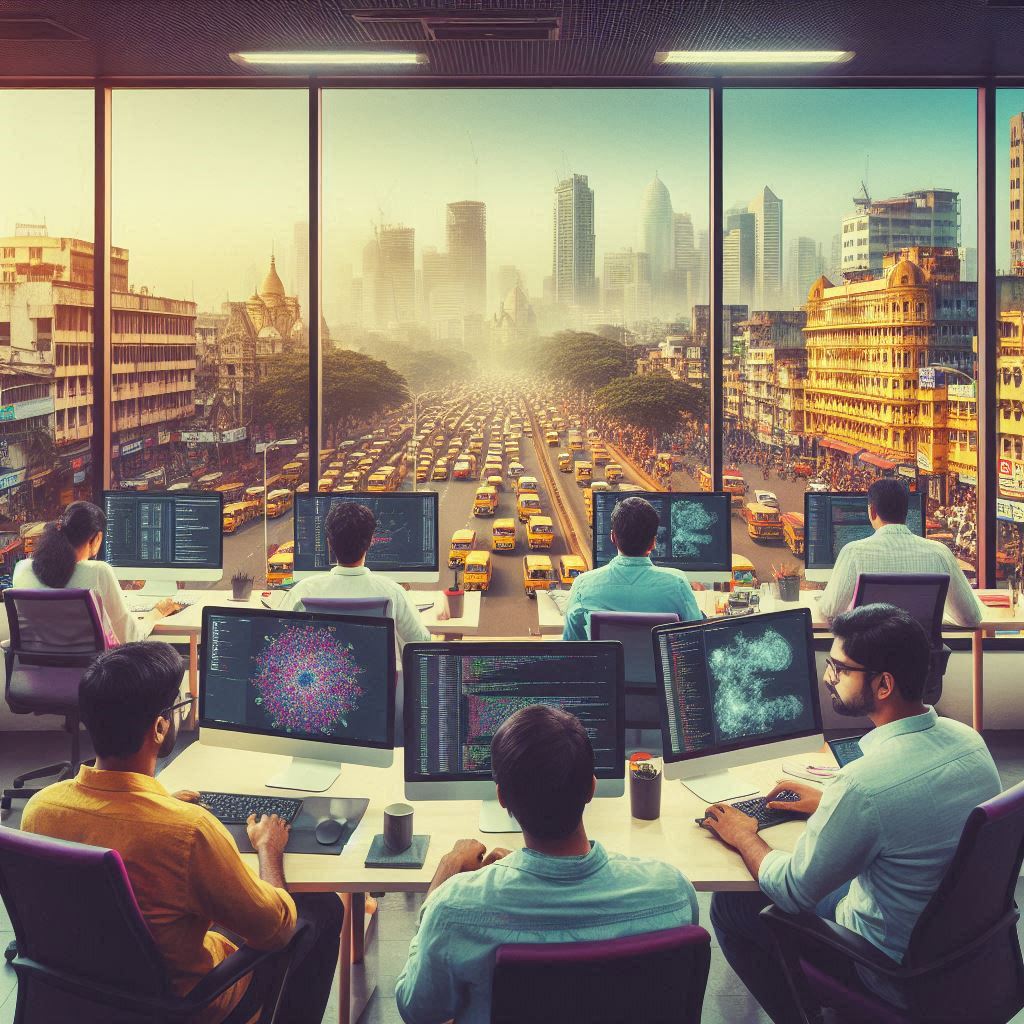
India’s Massive Population:
A defining characteristic of humans is our innate desire to communicate and share. In the past, this was achieved through face-to-face conversations, letters, and creative expressions like writing, painting, and filmmaking. Today, social media has shattered geographical barriers, enabling anyone, regardless of creativity or financial resources, to reach a global audience. Moreover, India’s large youth population, particularly those under 35, are digitally savvy and eager to embrace new technologies. This confluence of a large young population and social media has fuelled the rise of content creators in the country.
However, India’s 1.4 billion people seek new ways to communicate their thoughts and ideas and innovative tools to generate them. Generative AI, with the advent of DALL-E in July 2022, ChatGPT in November 2022, and a plethora of subsequent services, has provided content creators with the exact tools they need.
Leading Content Creators Pool:
India leads the global creator economy with a staggering 100 million content creators. Platforms like YouTube, TikTok (before its ban), and Instagram have witnessed a massive influx of Indian content creators generating vast amounts of data daily. As competition intensifies, creators require more efficient and powerful tools to produce high-quality content at scale. Generative AI is perfectly suited to meet these demands.
The demand for high-quality content has driven creators to leverage AI tools to enhance their work, from generating script ideas to creating graphics and editing videos. The journey began with Dall-E and MidJourney, enabling image generation from text prompts. Subsequently, ChatGPT emerged to assist with writing articles and answering questions. In 2024, the proliferation of tools like Luma, Kling, Runway, and Pika empowered users to create cinematic-quality videos using text or image prompts. India has emerged as a leading adopter of these technologies.
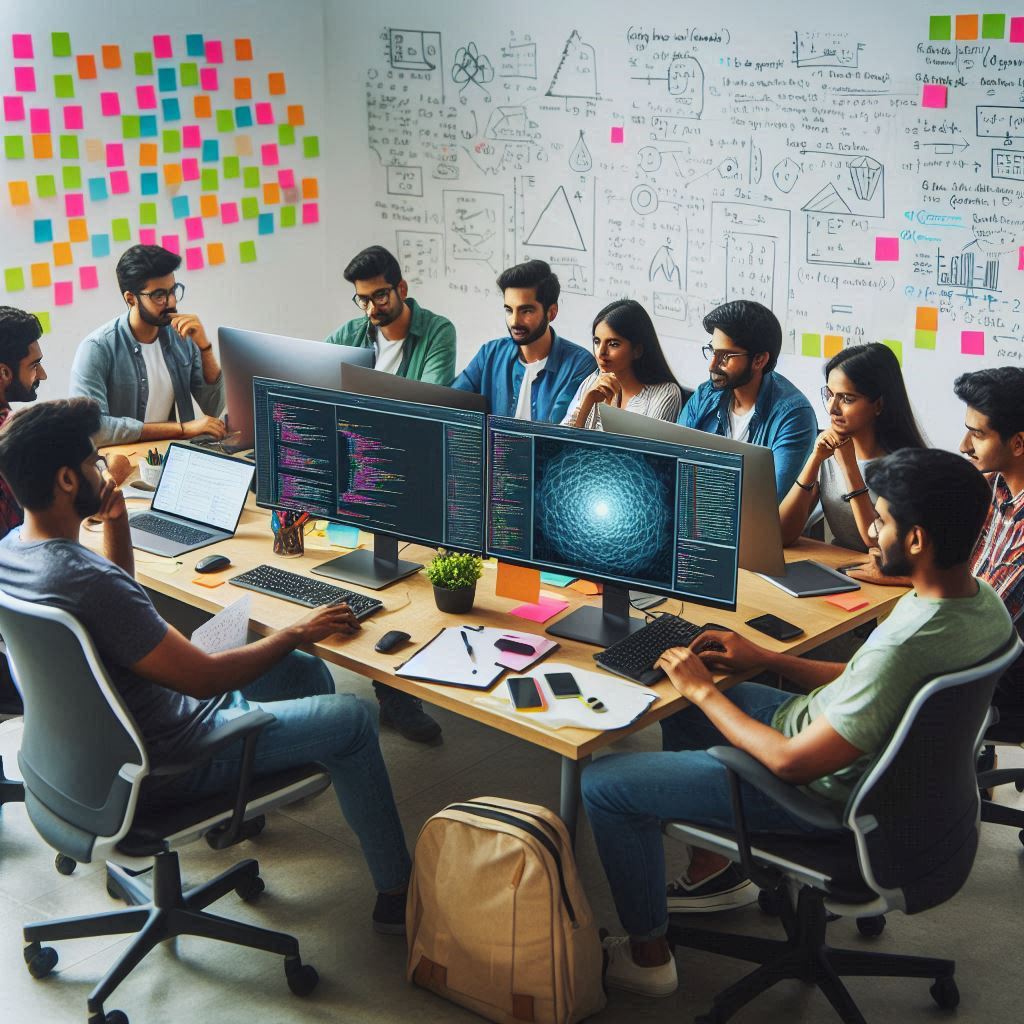
The Spirit of Jugaad:
“Jugaad,” a Hindi term signifying innovative problem-solving, encapsulates India’s approach to overcoming challenges. This spirit of jugaad has significantly contributed to the rise of Gen AI in the country. Indians are renowned for their ability to repurpose existing tools and technologies in ingenious ways. This mindset has led to creative applications of Gen AI across various domains. For instance, AI-driven tutors are being used to provide personalized education in rural areas, AI-powered diagnostic tools are assisting healthcare in remote locations, and AI is being employed to predict crop yields and optimize farming practices. The ability to adapt and innovate through Gen AI tools has made technology more accessible and practical for a broader segment of the Indian population.
Expanding Market for AI Applications:
Various sectors in India, including healthcare, education, finance, and retail, are increasingly adopting AI to enhance efficiency and improve services. In healthcare, AI is being used for early disease detection, personalized treatment plans, and patient record management. In education, AI-driven platforms are offering personalized learning experiences and automating administrative tasks. The finance sector is leveraging AI for fraud detection, risk assessment, and customer service automation. Retail businesses are using AI to enhance customer experience through personalized recommendations, inventory management, and AI-powered chatbots, which have become ubiquitous in India. The diversity of applications and the growing acceptance of AI solutions in these sectors are fuelling the growth of Gen AI.
Numerous Indian startups and established companies are harnessing the power of Gen AI to develop innovative tools and applications across various fields and sectors. This not only addresses the needs of India’s 1.4 billion people but also drives the creation of new startups to cater to this burgeoning demand.

Challenges:
Despite promising growth, the adoption of Gen AI in India faces several challenges. Data privacy and security concerns, inadequate infrastructure, and the need for skilled AI professionals are significant hurdles. Addressing these challenges requires collaborative efforts from the government, industry, and academia. The Indian government has taken proactive steps to promote AI through initiatives like the National Strategy for Artificial Intelligence and the establishment of AI research centres. However, increased investments in AI education and training programs are essential to build a skilled workforce capable of driving AI innovations in the country. While the private sector can play a role, government leadership is crucial.
The government has strong incentives to promote AI, considering its potential to significantly contribute to the nation’s GDP. Moreover, India’s large labour force presents a unique opportunity to leverage Gen AI to drive national growth. The combination of a vast population, a thriving content creation ecosystem, an innovative mindset, and a growing market for AI applications creates a conducive environment for AI growth in India.
To conclude this article on generative AI, let’s create something using it. I fed this article to ChatGPT and asked it to transform it into a catchy rap. After some minor edits, here’s the AI-generated rap:
“India’s on the rise, with AI in the mix,
Generative AI, it’s got every fix,
From Kartarpur’s rapper to city’s big stage,
Tech-driven creation is all the rage.
Minister Scindia says, $480 billion in store,
Creators booming, we watch them soar,
Gen AI’s boosting GDP trends unstoppable,
Innovation’s the key, to making all things possible.
Millions creating, young crowd’s jiving,
Social media’s power, it’s so inviting.
Jugaad spirit, AI on the move,
From healthcare to retail, India’s got the groove.
Challenges ahead, privacy and skills,
Government pushing, AI giving thrills.
India’s unique, it’s got a vast population,
Gen AI’s the future, its new tech sensation.”
I could use other Gen AI apps to turn this into an MP3 rap track, but why bother? You’ve got the gist, and AI’s got the rest, right?
In case you missed:
- Deep Impact: How Cheap AI like DeepSeek Could Upend Capitalism
- AI as PM or President? These three AI candidates ignite debate
- Google Falters Under AI Onslaught: Future of Search in Peril?
- AI vs. Metaverse & Crypto: Has AI hype lived up to expectations
- The Rise of Personal AI Assistants: Jarvis to ‘Agent Smith’
- Unbelievable: How China’s Outsmarting US Chip Ban to Dominate AI
- A Manhattan Project for AI? Here’s Why That’s Missing the Point
- DeepSeek not the only Chinese model to upset AI-pple cart; here’s dozen more
- Rethinking AI Research: Shifting Focus Towards Human-Level Intelligence
- Are Hallucinations Good For AI? Maybe Not, But They’re Great For Humans
